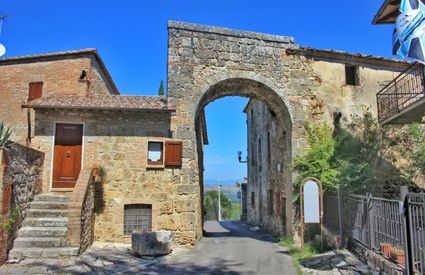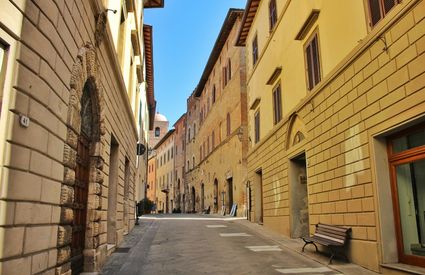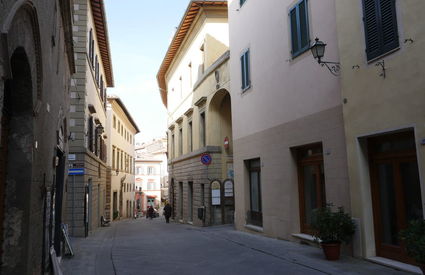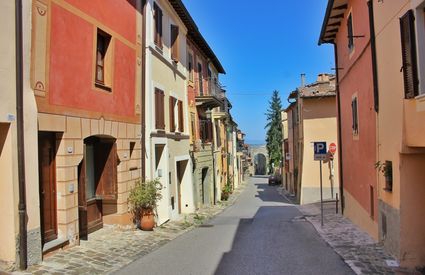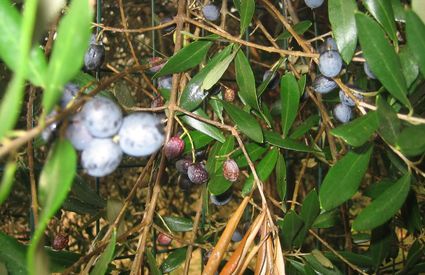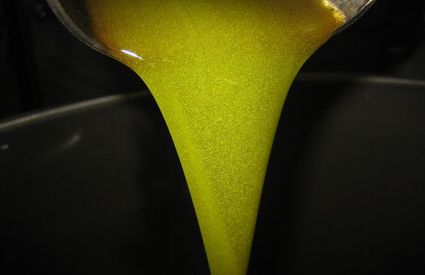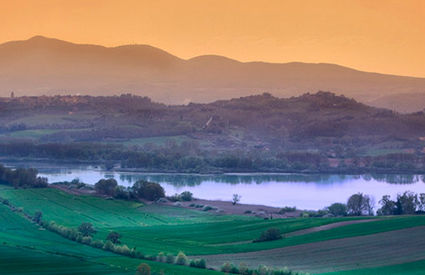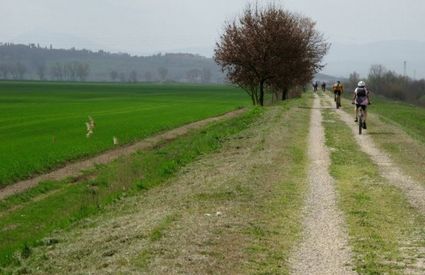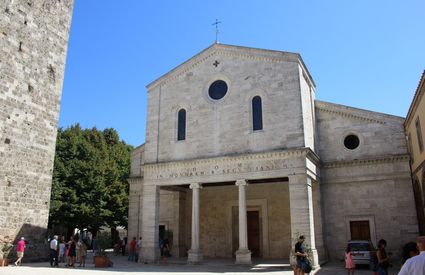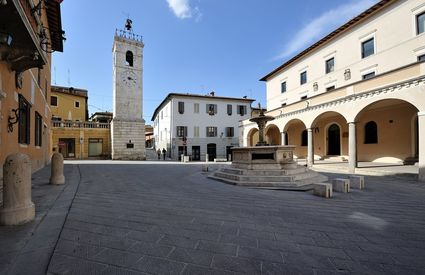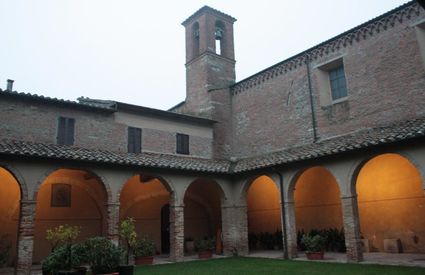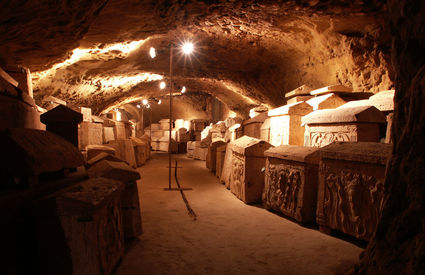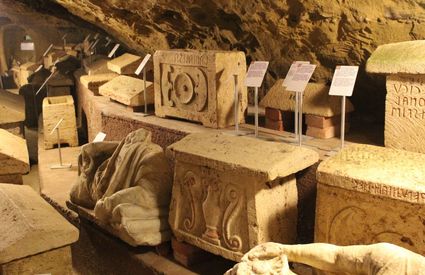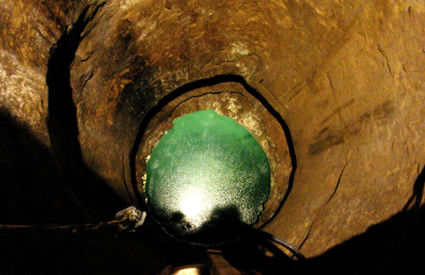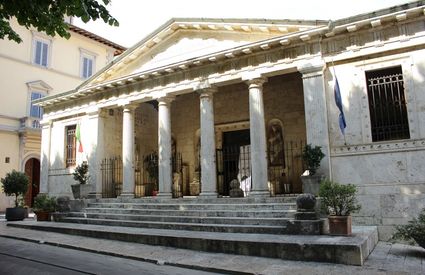Chiusi
Beautiful and introspective
A secluded town waiting to be discovered ~ by Maria Pace Ottieri
Beautiful and introspective
A secluded town waiting to be discovered ~ by Maria Pace Ottieri
Chiusi
The stream plunges into the valley, like a grey river anxious to empty into the sea, it beats and skips through a fragment of untouched landscape, a still and beautiful image: a backdrop of endless hills as far as the eye can see, the dark patches of forest, the tender green of the grapevines and ochre of the wheat, a thin pale blue veil covers the horizon.
The farmer painter
The architect, the true painter of the Tuscan landscape, was the sharecropper, forced to farm wherever he could, to tame even the harshest terrain through the technique of terracing, to fetch water from the ponds, tend to the pastures, cut wood from the forest.
The life of a sharecropper was extremely difficult, everything was shared half-way with the landowner—crops, chickens, eggs, lambs, pigs, even the losses, without ever being able to count on any reserves. And yet the beauty of the Tuscan countryside is intimately linked to the injustice of sharecropping, which has shaped it for seven centuries, from the late Middle Ages to the 1970s.
The agriculture paints
The checkerboard pattern of the fields, varying in color and shape, are the result of a crop-rotation technique, in which fields alternated between being cultivated and left fallow.
The small, isolated farmlands were connected to one another by roads often lined with the tall, thin cypress trees that have become an emblem of Tuscany.
Despite the steep decline in agriculture in the region and subsequent exodus of the farmers, the Tuscan countryside endures, honoring its perfection. Today, the labor and perseverance fall mainly to Romanians, Albanians, Moroccans, Polish, Indians, Tunisians and Bulgarians who have repopulated the neighboring old, empty villages.
A welcoming town
In an attempt to defy Chiusi's history and fame as an unruly place, about ten years ago I proposed that the town take part in an international organization that hosts refugee writers, part of a web of sanctuary cities, and since then Chiusi has granted asylum to Russians, Iranians and Syrians. Upon arrival, the writers are struck by how old everything is around them. Even if their home countries have their own ancient civilizations, the remnants are usually found in remote areas where no one lives, while here everything overlaps, you stumble over fragments of a mosaic on the way to the grocery store, you walk down a street beneath which run tunnels excavated 2,500 years ago, you can sit on the wide Etrusco-Roman walls that surround the town.
From afar
Even those born in Chiusi have roots elsewhere.
In the final centuries leading up to the birth of Christ the Etruscan settlement Clevsin was one of the most well-known cities of antiquity. It was from here that Porsenna launched the conquest of Rome. A good part of the Etruscan writings to have been discovered can be found in Chiusi, and its three thousand epitaphs form the base of an Etruscan Spoon River, a true anthology. The Etruscans, however, do not fully deserve the funereal air they are often attributed, for it is precisely their lust for life that they sought to convey in their words for the dead, hoping to ensure themselves the same pleasures on the other side. To this day Chiusi is alive with the smell of wood fires, must, sauces simmering and roast meat, all while the mysterious, allusive smiles on the Etruscan sarcophagi seem to invite us into their world.


